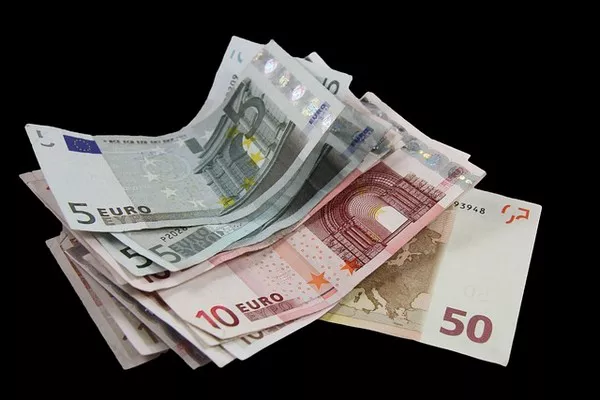In the realm of international finance, the contest between the euro and the dollar has long been a focal point of economic analysis and speculation. Both currencies wield substantial influence over global markets, serving as key reserve currencies and facilitating vast amounts of international trade and investment. However, questions persist about the future trajectory of these currencies and whether the euro could one day surpass the dollar in prominence.
Historical Context
The dollar’s dominance traces back to the aftermath of World War II, when the Bretton Woods Agreement established it as the world’s primary reserve currency, pegged to gold. This arrangement ended in 1971, leading to a floating exchange rate system. The euro, introduced in 1999, marked a significant evolution in global currency dynamics, becoming the second most traded currency globally within years of its launch.
Factors Driving Euro Strength
Economic Integration
The eurozone represents a significant economic bloc, boasting a GDP comparable to that of the United States. Economic integration among eurozone countries has deepened over the years, fostering stability and enhancing the euro’s appeal as a reliable reserve currency.
Trade Surpluses
Several eurozone economies consistently maintain trade surpluses, contributing to a steady accumulation of euro-denominated assets abroad. This surplus trade position bolsters the euro’s standing in international markets.
ECB Policy and Stability
The European Central Bank (ECB) plays a critical role in maintaining the stability of the euro. Through monetary policy, the ECB manages inflation and fosters economic growth across the eurozone, enhancing confidence in the euro as a stable currency.
Geopolitical Shifts
Geopolitical dynamics also impact currency strength. As Europe asserts itself as a key player in global affairs, the euro gains prominence alongside the eurozone’s political and economic influence.
Challenges to Euro Supremacy
Despite its strengths, the euro faces significant challenges on the path to potential dominance:
Structural Weaknesses
The eurozone’s economic structure exposes it to risks such as fiscal disparities among member states. This structural weakness has led to periodic crises, undermining confidence in the euro’s long-term stability.
Political Fragmentation
The eurozone’s political landscape remains diverse, with differing national interests complicating efforts toward deeper integration. Political fragmentation poses a hurdle to the euro’s emergence as a singular force in global finance.
Dollar’s Resilience
The dollar’s enduring strength is rooted in its deep and liquid financial markets, reinforced by the United States’ robust economic fundamentals. The dollar’s status as a safe haven during times of global uncertainty further cements its role in international finance.
Future Trajectories
Predicting the future of global currencies is inherently complex, shaped by multifaceted economic, political, and social dynamics. Several scenarios could unfold:
Continued Dual Dominance
The status quo may persist, with the dollar and euro co-existing as major reserve currencies. This scenario reflects ongoing economic interdependence and global financial stability.
Euro Ascendance
Under optimistic circumstances—such as deepened economic integration, strengthened political cohesion, and effective crisis management—the euro could rise in prominence, gradually challenging the dollar’s hegemony.
Unforeseen Events
Unexpected developments, such as geopolitical upheavals, technological disruptions, or shifts in economic paradigms, could reshape the global currency landscape, altering the trajectory of both the euro and the dollar.
Implications for Global Finance
The evolving dynamics between the euro and the dollar hold profound implications for international finance:
Market Volatility
Shifts in currency dominance can trigger market volatility, influencing asset prices and investor behavior. Understanding these dynamics is crucial for managing financial risks.
Trade and Investment Flows
Currency strength impacts trade balances and investment flows, shaping economic relationships between nations and regions. A stronger euro could alter global trade patterns, affecting industries and markets worldwide.
Policy Implications
Central banks and policymakers monitor currency dynamics closely, adjusting monetary policies to mitigate risks and capitalize on opportunities arising from currency fluctuations.
Conclusion
The question of whether the euro will eventually surpass the dollar hinges on numerous factors, from economic fundamentals to geopolitical developments. While the euro has made significant strides since its inception, the dollar’s entrenched position and enduring strengths present formidable obstacles.
Looking ahead, continued eurozone integration, effective crisis management, and geopolitical stability could bolster the euro’s prospects. However, the dollar’s resilience and global appeal ensure that any shift in currency dominance will be gradual and multifaceted, reflecting the complex nature of global finance.
As economic landscapes evolve and geopolitical forces realign, the future trajectory of the euro and the dollar will remain a subject of keen interest, with implications extending far beyond financial markets to the very foundations of global economic order.


